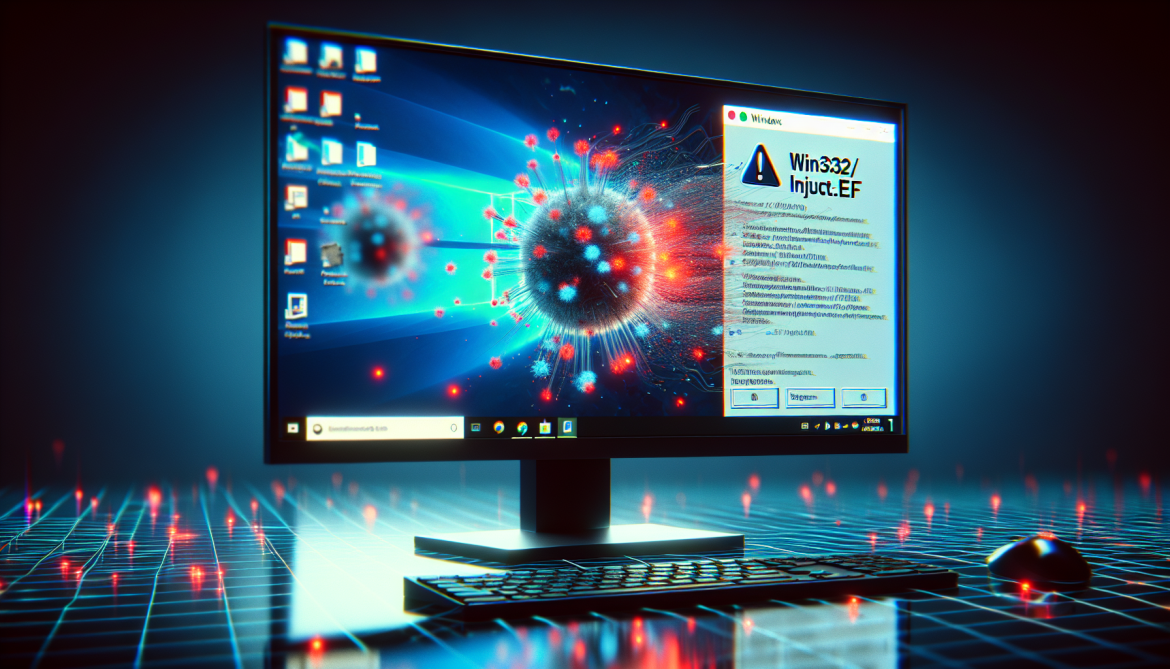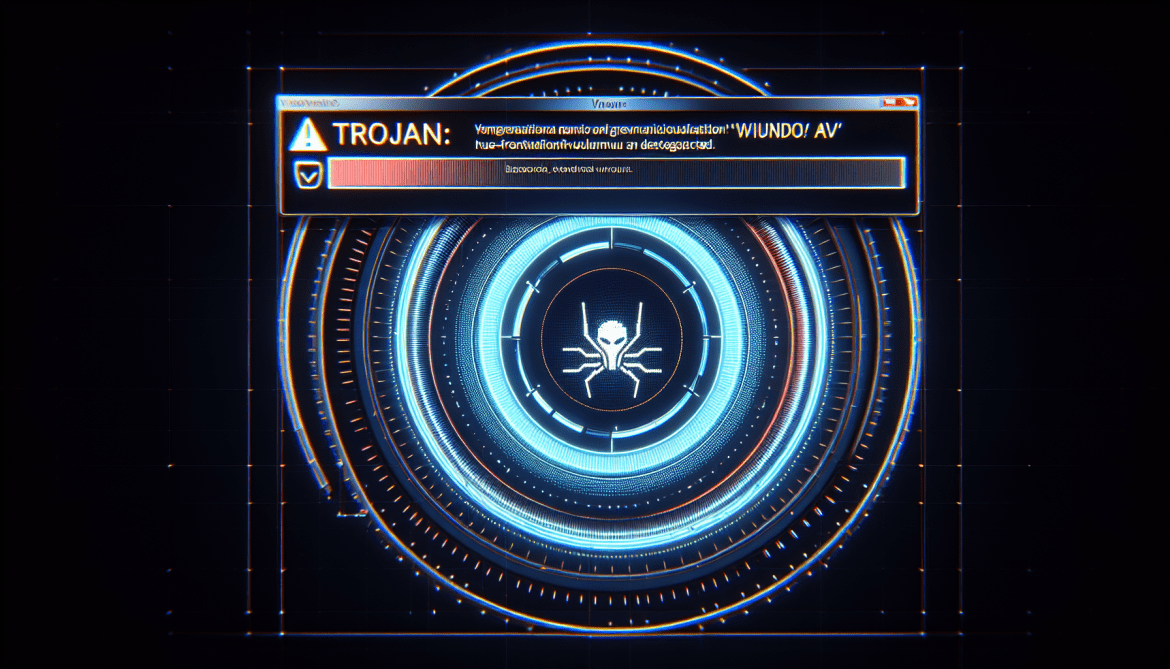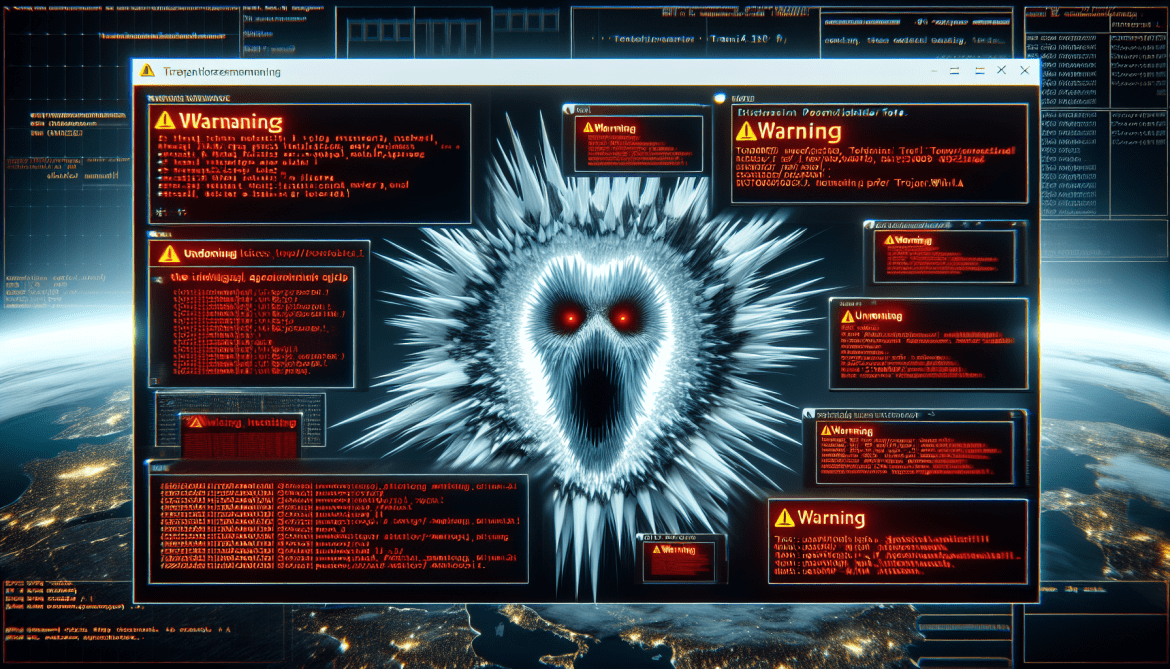Searchbrowser-now.com is a type of adware that is designed to generate intrusive and unwanted advertisements on web browsers. This adware typically infiltrates computers and browsers without the user’s consent or knowledge. Once installed, it modifies the browser settings and injects various advertisements into webpages, search results, and pop-up windows.
Searchbrowser-now.com adware often spreads through deceptive techniques such as software bundling, where it is bundled with popular free software and gets installed alongside without the user’s consent. It may also be distributed through malicious websites, fake software updates, or spam email attachments. Once installed, it modifies the browser’s default search engine, homepage, or new tab page to redirect the user’s searches to Searchbrowser-now.com. This allows the adware to display targeted advertisements and sponsored content, leading to a poor browsing experience and potentially exposing the user to other malicious websites or software.
In conclusion, Searchbrowser-now.com adware is a type of intrusive software that infects computers and browsers to display unwanted advertisements. It typically spreads through deceptive techniques and modifies browser settings to redirect searches and display targeted ads. Users should be cautious when downloading free software or clicking on suspicious links to avoid unintentionally installing this adware.










